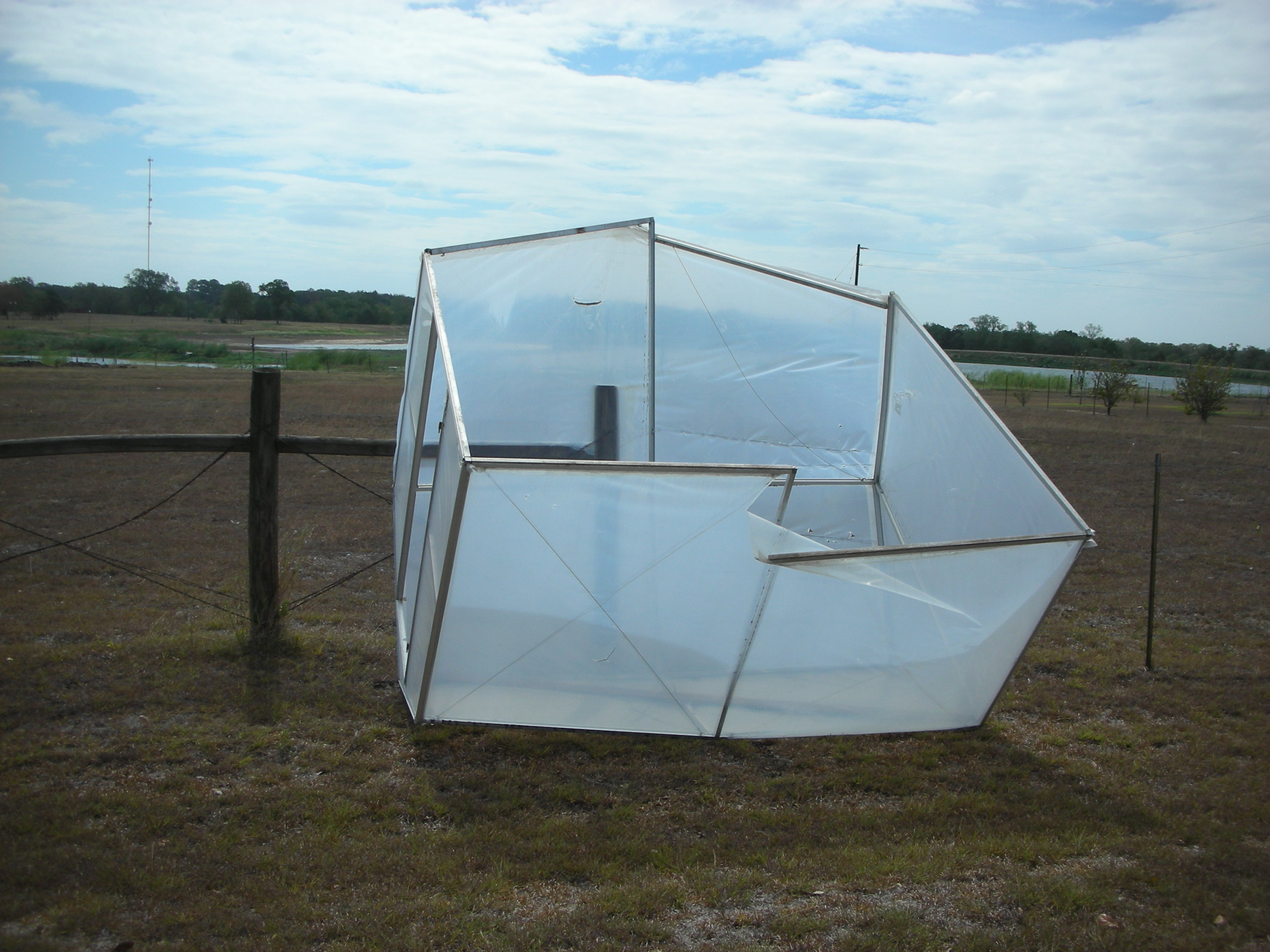Jay recently contacted me about a question he received on his blog from Gabriel Saldivar.
“I am worried about our Burr oak tree. We planted a 95 gallon burr oak in February of this year in Comal County. Its leaves turned yellow then brown. We got a heavy wind and rain this summer and most of the leaves fell off. I’m worried that it may be in shock and do not know what I can do to help it along the way. I’ve watered it twice a week since we have had it. I do see some new life with some newer leaves coming out. If anyone has any suggestions or know when I should really worry, please let me know.”
As a county agent, I hear questions like Mr. Saldivar’s fairly regularly. Since it is August and many of you are experiencing similar issues, I thought this would be a great time to review the proper way to water your trees.
 Trees can be the most valuable asset in the home landscape. They add resale value to the home and they can reduce heating and cooling expenses. Since trees add so much to your landscape (and they are expensive to replace) it is important to learn how to water them correctly. Trees in Texas definitely need supplemental irrigation and they definitely need to be watered differently than the way you water your lawn.
Trees can be the most valuable asset in the home landscape. They add resale value to the home and they can reduce heating and cooling expenses. Since trees add so much to your landscape (and they are expensive to replace) it is important to learn how to water them correctly. Trees in Texas definitely need supplemental irrigation and they definitely need to be watered differently than the way you water your lawn.
Tree roots are opportunistic and the largest number of roots will be in the location that is most likely to receive rain or irrigation. In most situations, this means roots will be at the drip line, which is out at the edge of where the tree canopy or branches end. Think about where most of the rain will fall when the tree is covered with leaves. Watering right next to the trunk or spraying the leaves of the tree is not as beneficial as watering where natural rainfall would be, a few inches inside and beyond the drip line.
An efficient way to water is by using a soaker hose or drip irrigation. These methods lose very little water to evaporation. Sprinklers work as well, but will need to be adjusted to sufficiently water a tree deeply as compared to watering a lawn. Also, laying down a water hose and letting it slowly run works great, but you will need to move it around the tree periodically to ensure that all areas get sufficient moisture.
In order to create a healthy root system, trees should be watered deeply and infrequently. When watering, put down an inch of water at a time or ensure that you have watered to a depth of between 6 to 10 inches. This may sound difficult, but it’s actually very simple to make sure you are getting enough water to your trees. After watering, stick a screwdriver or a shovel into the ground. In most of our soils, it will only go easily in when the soil is moist. If you are using a sprinkler, put out rain gauges or catch cans (use tuna cans) and measure one inch of water being applied.
 How often should you water? If we are not receiving adequate rainfall, established trees need a deep watering at least twice a month. Check the soil with your screwdriver. If your twice a month waterings are not doing the trick, increase the frequency.
How often should you water? If we are not receiving adequate rainfall, established trees need a deep watering at least twice a month. Check the soil with your screwdriver. If your twice a month waterings are not doing the trick, increase the frequency.
One more note. The tips listed above are most effective for established trees. Newly planted trees need to be watered more frequently for the first three years of their life. Use your screwdriver to check newly planted trees every week. If the soil around them dries out completely between waterings it can send them into a shock that they may never recover from.
Here is a great video from The Texas A&M Forest Service that highlights the proper tree watering techniques discussed above.
I share these posts on Our SimpleHomestead Blog Hop. Be sure to stop by. The “hop” has tons of great information from gardeners and homesteaders all over the world!







































